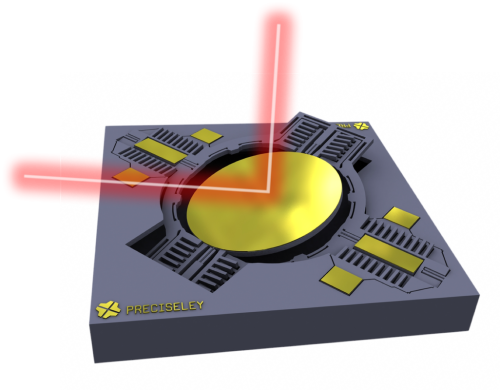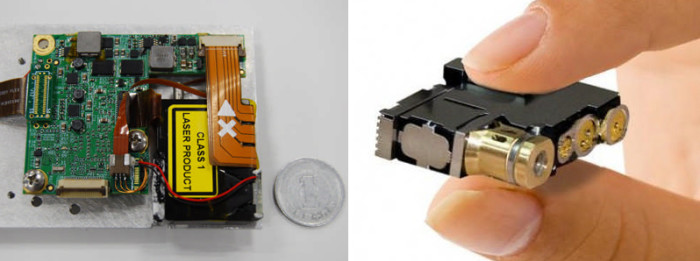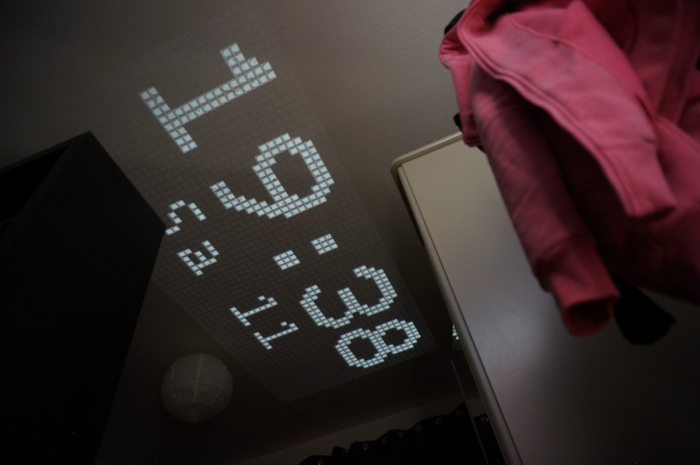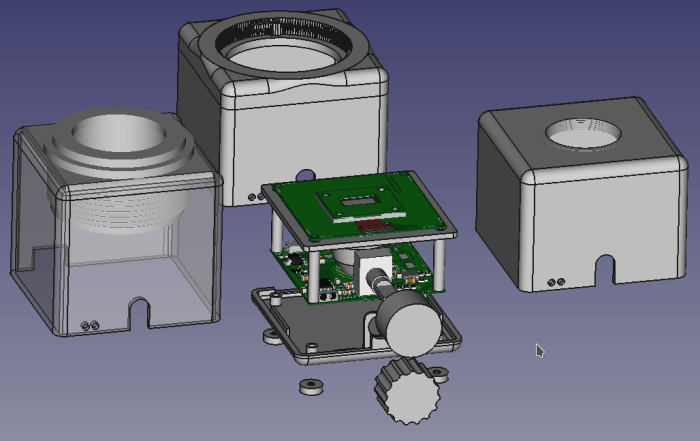Hello to all laser pros out there. Im working on a project where I will use glow in the dark material and blue/uv laser to draw current time on the material every minute. It will work as a night clock during dark hours at the bedroom.
Idea is that Ill stick the glow material to a wall where I want the clock and then have the drawing module at different wall doing the drawing across the room with laser. Software compensates the geometry so it can draw from weird angles too.
It seemd simple project to do but Ive run into a few issues.
I have glow in the dark material, laser, servos etc working quite OK.
Biggest problem is the noise of servos. As many of you know, as I move the laser with servos to create the number figure it makes noise... and thats bad in a quiet bedroom. Here is where Im asking for your ideas.
What are some silent ways of modifying the laser beam direction accurately? What methods are even available?
I know there are these filters that make figures on the wall.. can I make those myself for every number and rotate them? How do they work?
All ideas are welcome, thanks!
Idea is that Ill stick the glow material to a wall where I want the clock and then have the drawing module at different wall doing the drawing across the room with laser. Software compensates the geometry so it can draw from weird angles too.
It seemd simple project to do but Ive run into a few issues.
I have glow in the dark material, laser, servos etc working quite OK.
Biggest problem is the noise of servos. As many of you know, as I move the laser with servos to create the number figure it makes noise... and thats bad in a quiet bedroom. Here is where Im asking for your ideas.
What are some silent ways of modifying the laser beam direction accurately? What methods are even available?
I know there are these filters that make figures on the wall.. can I make those myself for every number and rotate them? How do they work?
All ideas are welcome, thanks!
Last edited:









